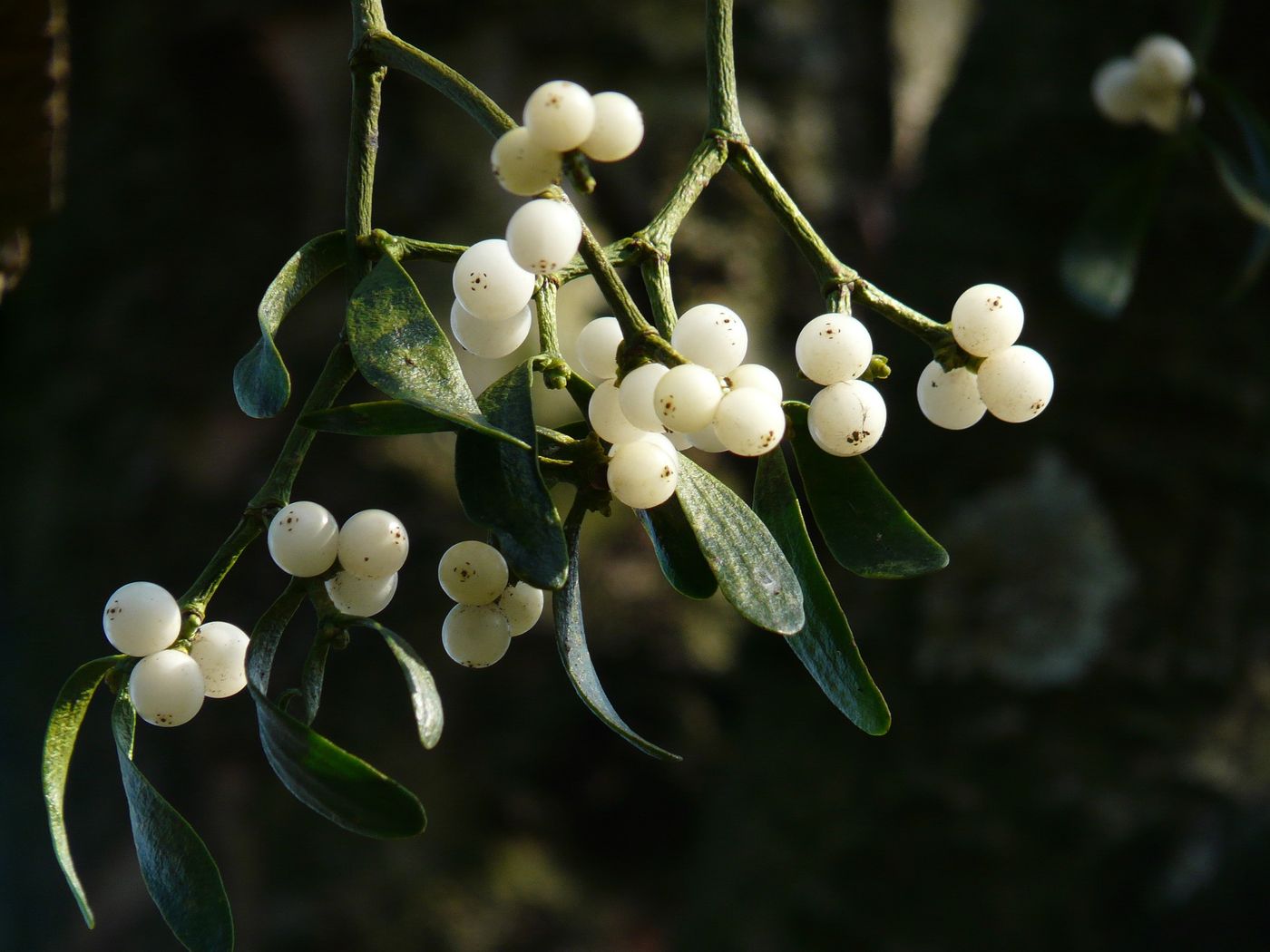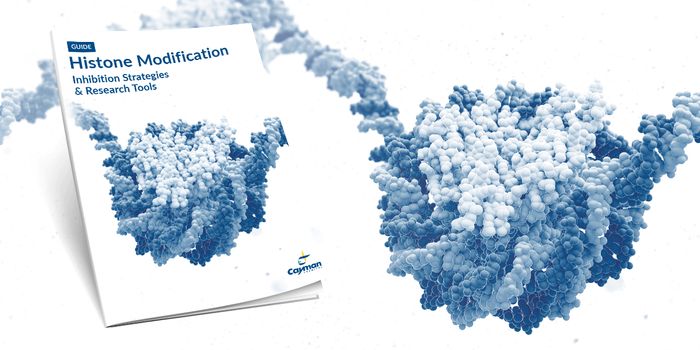Mistletoe: Parasite, Symbol of Romance, or Cancer Treatment?
As we approach the winter season, decorative swigs of mistletoe are starting to make their holiday debut. You may notice the evergreen leaves arranged in pairs with clusters of waxy, white berries hanging from doorways or on top of Christmas trees, signifying romance and wishing good luck. While mistletoe has a vivid history that holds significance to many different cultures, there is also evidence that it could provide some anti-cancer effects.
The Parasite.
Despite its beautiful yet intriguing appearance, mistletoe is anything but a typical berry. Mistletoe is actually a parasite, an organism that lives on a host and obtains the food and nutrients needed to survive at the expense of that host. In the case of mistletoe, the plant attaches to living trees from which they extract energy, water, and nutrients.
There are over 1,000 different species of mistletoe inhabiting plants throughout the world. Each species has evolved to thrive off different types of plants, including cacti (common in Texas), pine trees (common in Colorado), and oak trees (common throughout Europe).
The Symbol of Romance.
Historically, mistletoe held a place of honor in many ancient cultures. The origin of mistletoe’s association with love and romance may have blossomed from a belief common to many civilizations: that mistletoe could treat infertility. Ancient Norse, Pagan, Greek, and Roman societies believed the berries resembled sperm and that the plant could help boost fertility. Celtic ceremonies involved climbing oak trees to retrieve mistletoe for a secret potion to cure infertility. The culmination of these myths and legends evolved into the common tradition of kissing under the mistletoe at Christmas time.
While the ancient traditions and practices likely planted the seed that grew into modern-day mistletoe practices, 20th century Christmas songs popularized the idea of kissing under the mistletoe. Christmas songs released in the 1950s and beyond, like Jimmy Boyd’s “I Saw Mommy Kissing Santa Claus” and Brenda Lee’s “Rocking Around the Christmas Tree,” cemented the mistletoe tradition as we know it today.
The Cancer Treatment.
Mistletoe is a widely studied alternative medicine. Although the FDA has not approved mistletoe as a cancer treatment, it is widely used throughout Europe to complement more traditional cancer therapies like chemotherapy. For treatment purposes, mistletoe extracts, collected from various species of mistletoe, are generated in water-based solutions. They are typically injected under a patient's skin but can also be administered orally.
Mistletoe has both immune-stimulating and cancer-killing properties. Several mouse tumor models respond to treatment with mistletoe extracts. Researchers identified positive effects of mistletoe on various immune cells, including dendritic cells and T cells, two critical immune cells subsets required for effective anti-tumor immunity. Many clinical trials have suggested that mistletoe could be a safe and effective addition to standard cancer treatments; however, small sample sizes and weaknesses in study design have prevented widespread use.
Additional research could prove mistletoe to be a successful cancer treatment strategy. Until then, before you pucker up under the mistletoe take a second to appreciate the potential medical benefits of the festive berries.
Sources: CDC, Smithsonian, Historically, Annals of General Psychiatry, Cancer.gov, British Journal of Cancer, Cancer Letters









